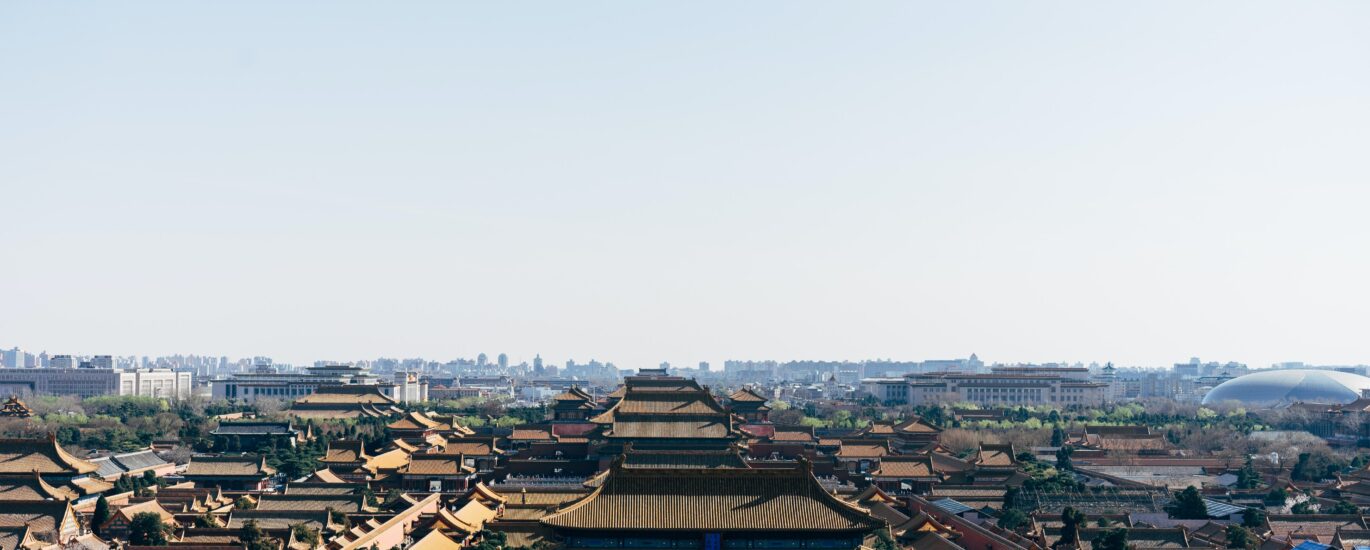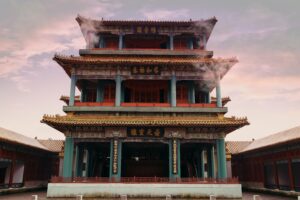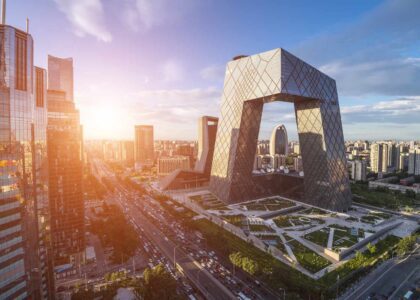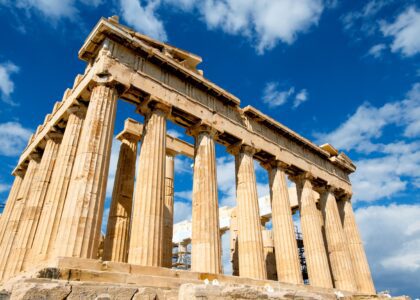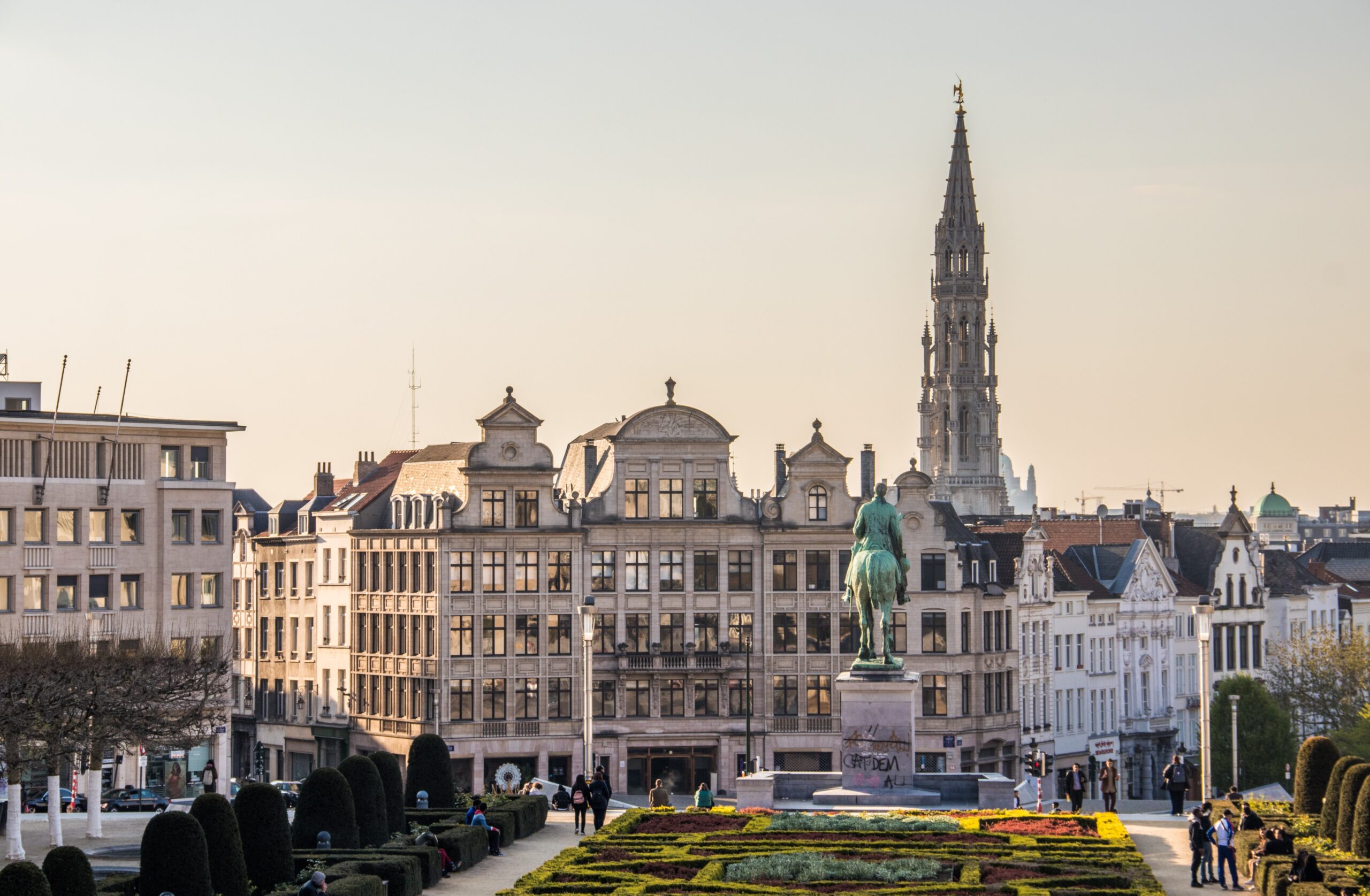The Forbidden City: Exploring Ancient Chinese Architecture and History
Firstly, let’s delve into the rich history of the magnificent Forbidden City in Beijing, China.
Secondly, the Forbidden City, also known as the Palace Museum, was constructed in the early 15th century.
Moreover, it served as the imperial palace for the emperors of the Ming and Qing dynasties.
Furthermore, this UNESCO World Heritage Site spans over 180 acres and consists of 980 surviving buildings.
Architectural Marvels and Cultural Significance
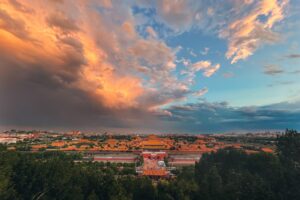
Additionally, the Forbidden City showcases remarkable Chinese architectural style and grandeur.
Also, it’s a true embodiment of the traditional Feng Shui principles followed by ancient Chinese culture.
Besides, each structure within the Forbidden City has a symbolic meaning and represents different aspects of imperial power.
On the other hand, the contrasting beauty lies in the delicate gardens and courtyards, offering tranquility amidst the imperial grandeur.
A Journey Back in Time
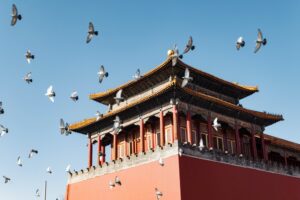
While exploring, visitors can immerse themselves in the rich history of China.
Nevertheless, it’s astonishing to witness the preserved artifacts and treasures that illuminate the glory of the Ming and Qing dynasties.
Nonetheless, the audio guides and informative displays provide valuable insights into the lives of the Chinese emperors and their courtiers.
In contrast, the presence of tourists amidst the historical structures gives a sense of connection between the past and present.
Preservation Efforts and Continued Cultural Significance
Alternatively, the place has undergone significant restoration and preservation efforts over the years.
Otherwise, it might have been lost to time and neglect.
Nevertheless, the careful restoration not only maintains the architectural integrity but also ensures the representation of Chinese history.
Nonetheless, the Forbidden City continues to be a cultural hub, hosting various exhibitions and events that celebrate Chinese heritage.
In essence, the Forbidden City is not just a tourist attraction but a living testament to China’s rich past.
Ultimately, a visit to this historical treasure allows us to understand and appreciate the grandeur and complexity of ancient Chinese civilization.
Overall, exploring it is like stepping back in time, immersing in the opulence of imperial life and embracing the cultural marvels.


